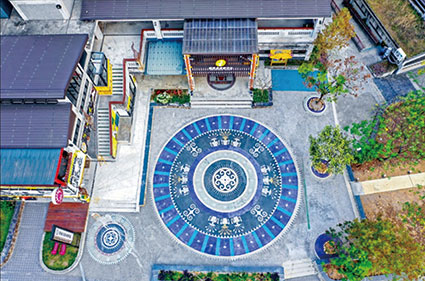
09
臺灣原住民族災後重建之地域性建築案例比較
A Comparative Study of Regionality in Reconstructed Indigenous Architecture after Disasters
The connection between traditional architecture and humanistic ecology holds vital design elements that modern architecture should consider. This link is ingrained within the concept of “ethnic dwelling culture,” highlighting the interplay between ethnic socio-cultural factors (social, economic, and cultural) and the ecological setting (climate and geography).
/ By Chen, Hsiu-Ju
南島語族主要分布在東南亞及太平洋島嶼,如臺灣、婆羅洲、印尼、馬來西亞、中南半島以及大洋洲等區域。其傳統建築的特色以干欄式、長屋、高蹺的屋頂形式最具代表。臺灣南島語族即現今原住民族,不僅族群數多,其傳統建築型態與構造方式更是多樣化。 在全球化盛行而導致各地城市特色與建築文化趨同的危機下,亞洲地區近年來自覺性的發展「地域性建築」的創作思考,其核心著重於地域環境、自然、文化與建築之相互關係。1999年6月第20屆世界建築師大會(WORLD CONGRESS OF ARCHITECTS,UIA)在中國北京舉行,其主題為「21世紀的建築學」,並出版《World Architecture, 1900-2000 : A Critical Mosaic》叢書,觀察出各地區之建築作品共同趨勢正走向探索以本土文化為主體的地域性建築。
文/陳秀珠(國立聯合大學設計學院原民專班兼任講師)






